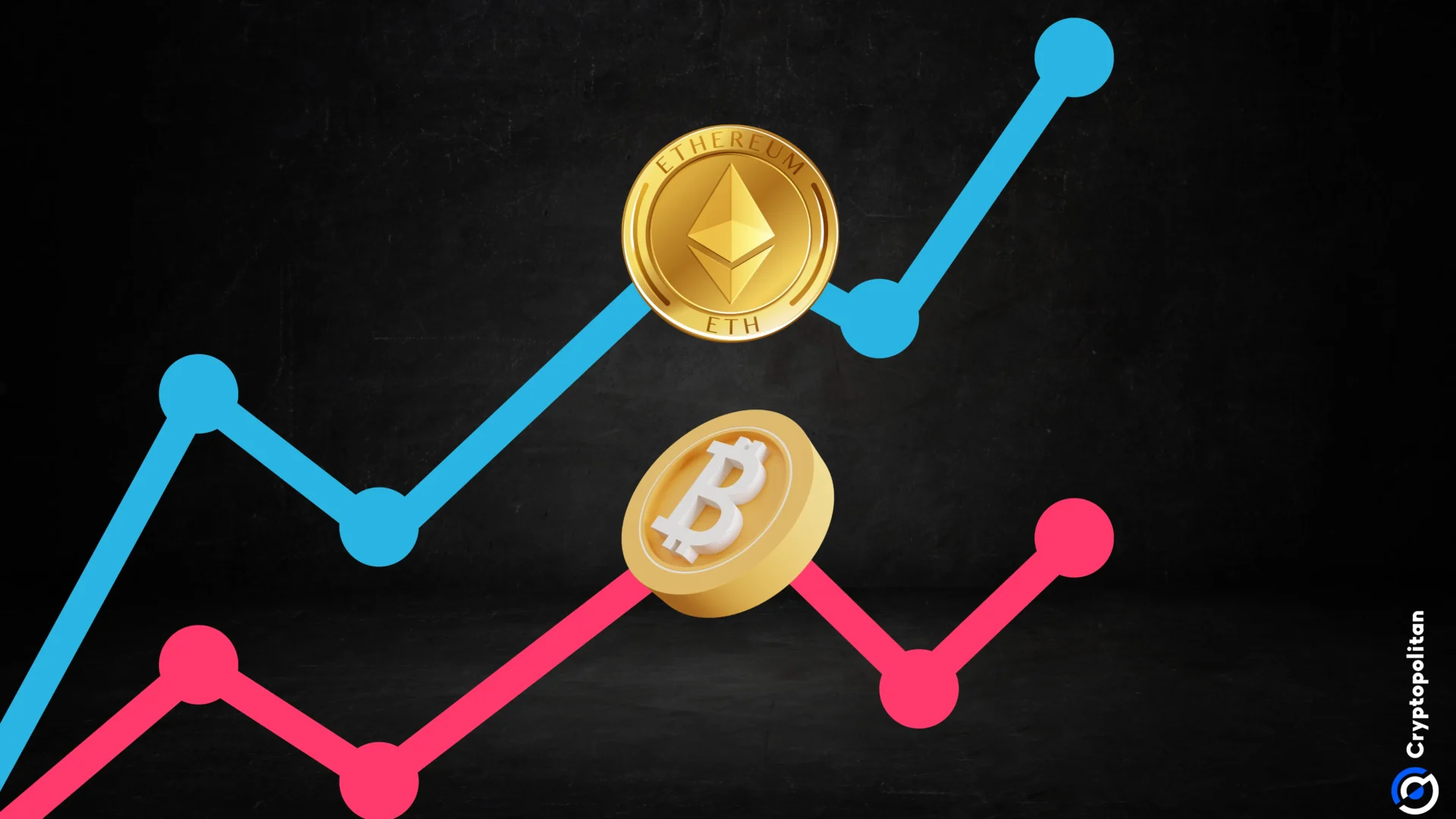The crypto market braced for a bearish September, based on the performance in previous years. New fears of panic-selling are leading traders to re-estimate their positions.
The crypto market lost value, shrinking its market cap to under $2T, erasing the gains made during the most active months of 2024. Now, the 2024 valuation pattern recalls early 2022, though panic selling has not began.
Bitcoin (BTC) moves within a range, mostly driven by attacks against accumulated liquidity. So far, the price slides have stopped without a deeper drawdown or contagion, compared to previous market periods.
BTC dipped under $57,000, just weeks after sliding as low as $49,000. So far, BTC has managed to recover, and the deepest drawdowns only caused 25% corrections. At the higher price range, BTC is seen as too valuable to sell during a shakedown. As expected, the most recent BTC crash attacked the accumulated liquidity just under the $57,000 level.
Yet according to some analysts, panic-selling may start if the price erases 10%. Even recent trading events show that the market is ready to follow the panic-selling model, especially with a triggering event.
The latest price moves for BTC seem less affected by the wider market sentiment. The S&P 500 index had one of its worst negative days for the year, but it did not exacerbate the BTC dip, or lead to contagion.
While a full BTC decoupling may not materialize, Santiment’s analysis shows a short-term panic is not so easy to create. The average BTC holder sits on unrealized profits of 45% to 50%, while market capitulation and a bear market last happened with unrealized losses of 25% across the board.
The price slide of BTC from July 29 led to accelerated selling and the market-wide panic on August 5. During that period, BTC crashed from $65,000 down to $49,000 for a short-term local low. A similar scenario is feared in the coming weeks, also awaiting a net negative close for the whole month.
During its 14-year history, BTC only achieved four net positive September closes. The current price level around $57,000 also looks shaky, with short-term investors holding unrealized looses.
A deeper slide may make some of the traders sell at a loss, awaiting a lower price range. Negative macroeconomic trends and uncertainty around Fed’s upcoming decision on September 18 are adding to the market worries.
While crypto insiders are not panic-selling, mainstream investors may be reacting to the recent volatility. Bitcoin ETF had net outflows of $287.8M as of September 3, the highest since May. The last week also achieved net ETF selling of $760M, coinciding with increased BTC volatility.
Liquidity is waiting on the sidelines
Liquidity in the form of stablecoins seems to be waiting on the sidelines. Both big organizations and whales are holding USDT, USDC, and other stablecoins. USDT on exchanges also expanded to $362M, up by 100% in the past few months. Those tokens may have a more significant effect, compared to USDT sitting idly in wallets. USDT ownership also expanded on-chain, from 5.91M holders to 5.98M holders in the past month.
The supply of USDC has been expanding since the 2022 lows, moving up from 39B in early 2024 to more than 50B ERC-20 tokens in September. The rest of the supply to a total of 118.14B tokens was minted on TRON and a handful of smaller networks, but may not affect the market in the same way.
During the expansion of USDT supply, BTC prices remained range-bound, while holders used their stablecoins for low-risk trades and locking in gains.
BTC prices are also more reactive to inflows of FDUSD, a stablecoin that is mostly used on Binance. The recent dip under $57,000 coincided with the ongoing contraction of the FDUSD supply, down to 2.6B tokens from 2.7B just a day ago.
An inflow of FDUSD may be the better signal, compared to a raw inflow of all types of stablecoins. Even with $167B in stablecoins available, not all are directed toward BTC trading pairs.
One of the markers for lowered BTC enthusiasm is low on-chain activity. In the past quarter, BTC daily active addresses dipped to an average 500K per day. Average transaction fees are also under $1, showing no rush to fulfill transactions.
Cryptopolitan reporting by Hristina Vasileva





